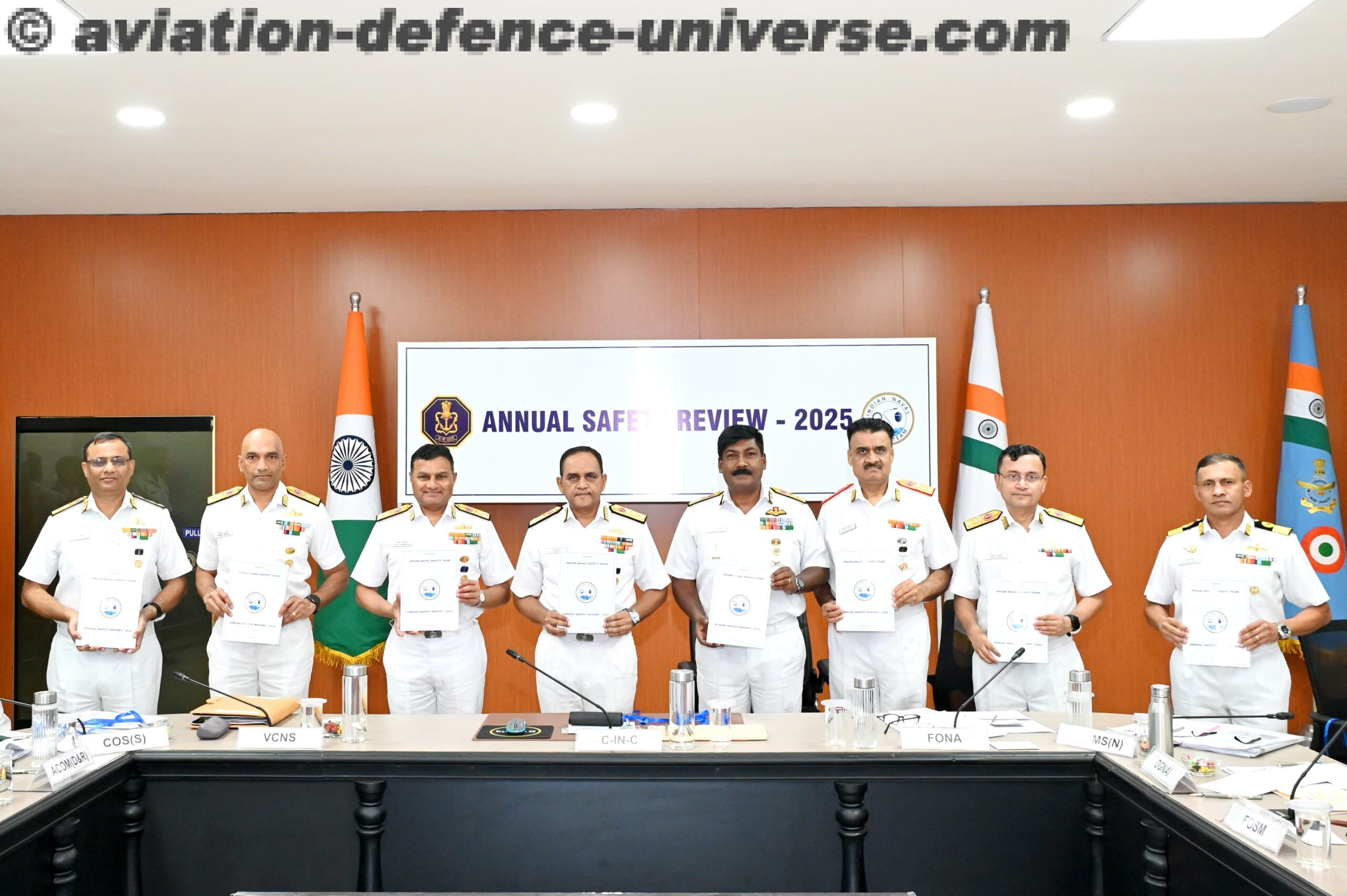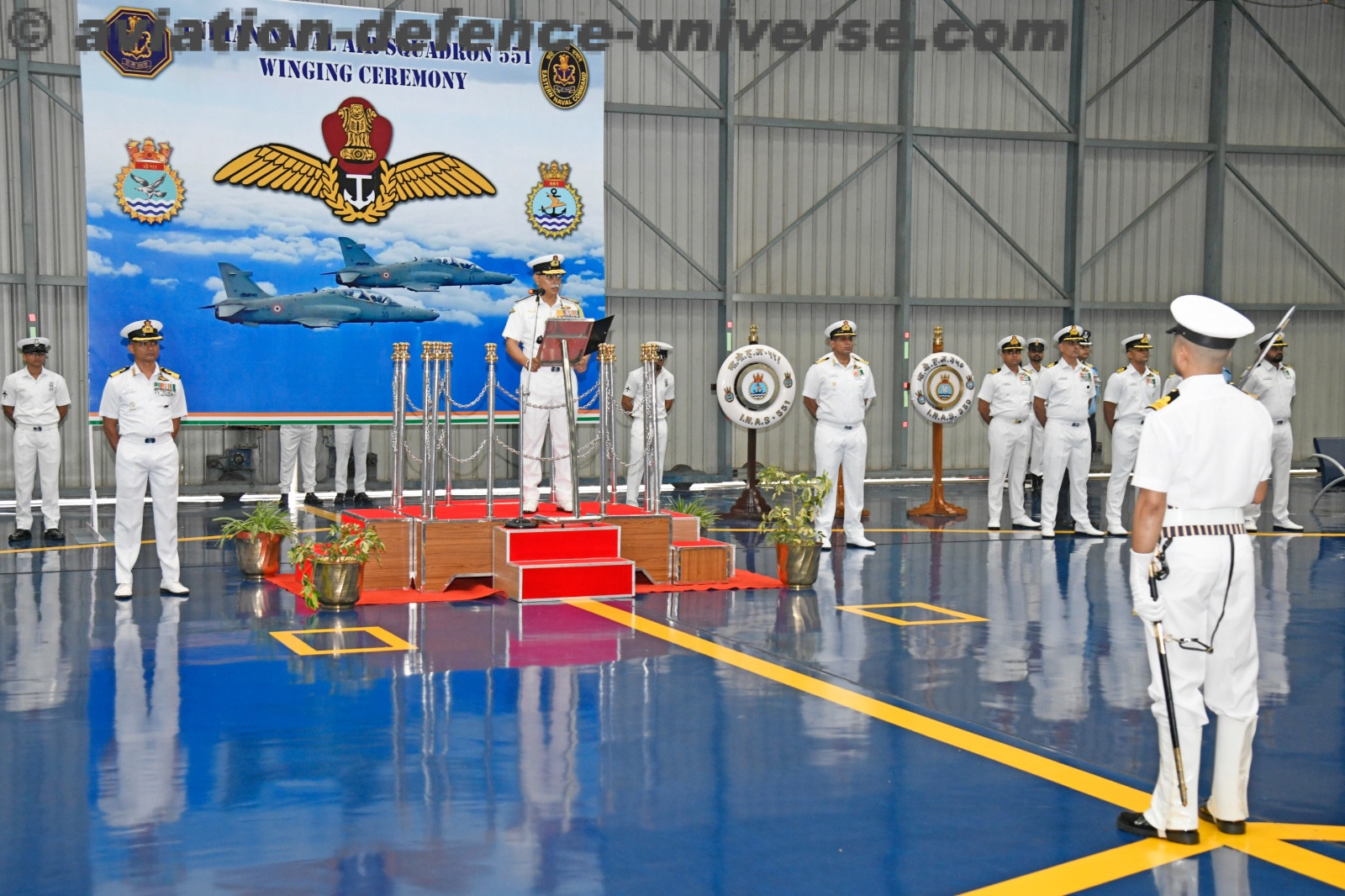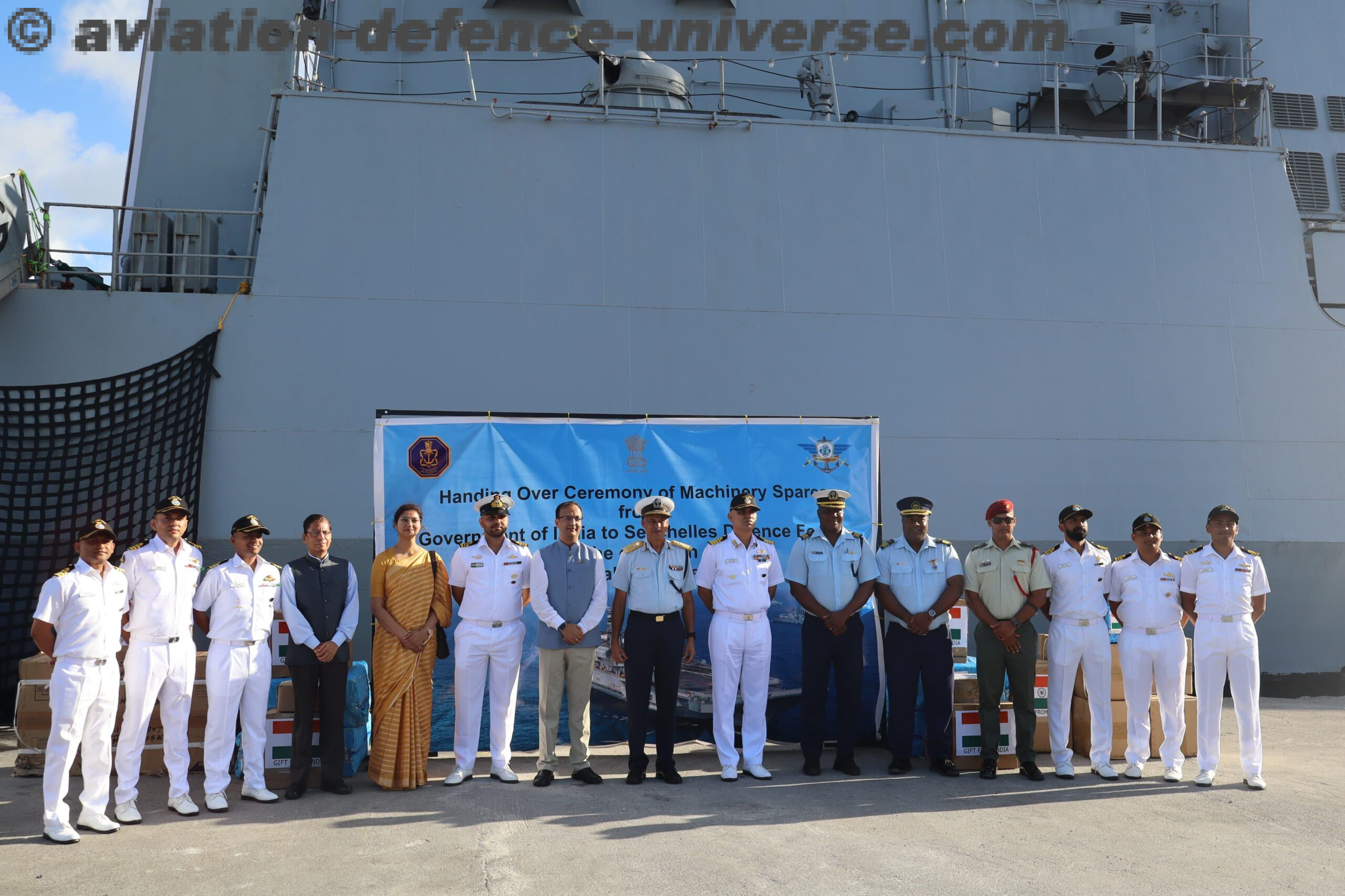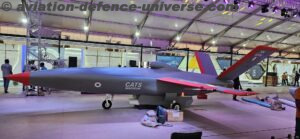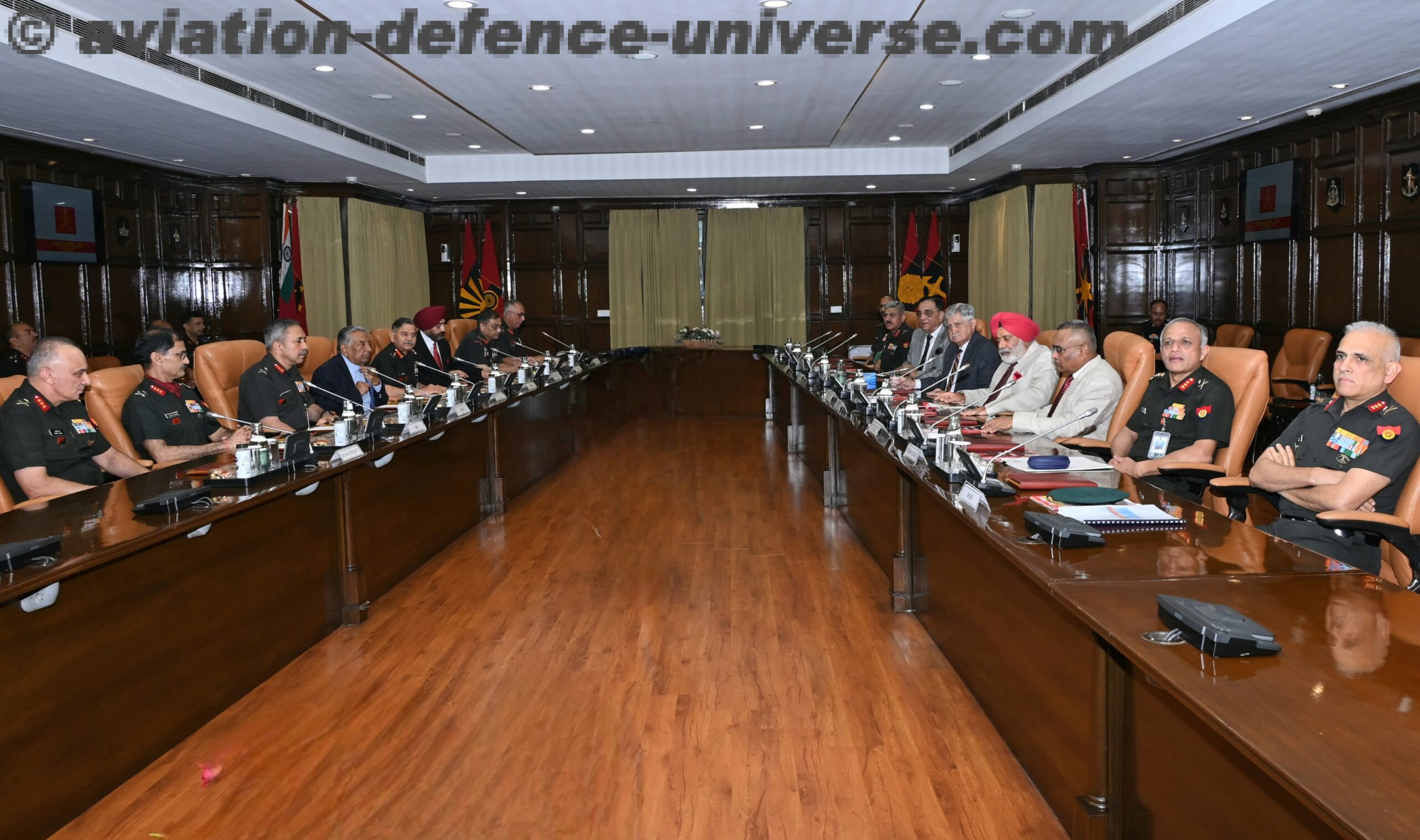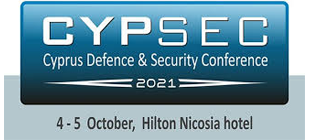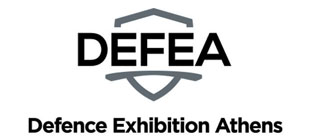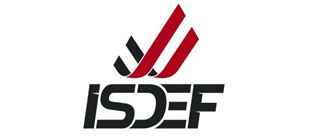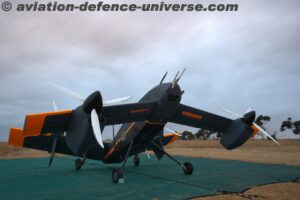 BAE Systems has a 70-year history in India, with six platforms still in service and the company was a founder of the Indian Defence industrial base. BAE Systems most high profile platforms include the Hawk aircraft in the air domain and the M777 Ultra Lightweight Howitzer in the land domain. BAE Systems is focusing on the future offering its world-leading technology in partnership with Indian defence companies to meet India’s defence needs.
BAE Systems has a 70-year history in India, with six platforms still in service and the company was a founder of the Indian Defence industrial base. BAE Systems most high profile platforms include the Hawk aircraft in the air domain and the M777 Ultra Lightweight Howitzer in the land domain. BAE Systems is focusing on the future offering its world-leading technology in partnership with Indian defence companies to meet India’s defence needs.
Razer LCPGM flight trials
BAE Systems Australia has announced the design and development of a new sovereign munition concept – to be known as RAZERTM – positioning the company as a future supplier of low-cost precision guided munitions to Australian and potential export customers.
RAZER is an low-cost air-launched precision guided munition that is designed to transform a 40-50kg standard non guided munition into a precision air launched weapon at low cost.
The RAZER system consists of a wing/body kit and tail unit equipped with a powered GPS/INS guidance control and navigation system, aimed at operations from uncrewed combat air vehicles (UCAV) and rotary wing aircraft.
With refined aerodynamics and onboard systems, the new Razer prototype performed admirably during the trials at the commercial test facility in Cloncurry, Queensland. The outcome represents a major milestone and highlights the cutting-edge engineering being achieved under the project’s fast-tracked development.
The trials involved an inert Razer flight vehicle detaching from a helicopter and gliding to a ground target. This allowed the team to collect crucial data on aerodynamics, avionics, navigation and other systems that will help moving forward into the next phase of the project.
Program Manager – Future Guided Weapons Products Leon MacLaren said his team is taking an approach on the Razer program never before attempted by a BAE Systems Australia team.
“Razer has progressed at a breakneck speed and these flight trials were the accumulation of many months of hard work. We’re all incredibly proud of the team and the accomplishment,” said MacLaren.
Under development since its announcement at the Avalon Airshow in March 2023, the Razer program is breaking new ground. Its first flight trials occurred a short nine months later and provided critical insights for the team. This led to a more robust and advanced design in the new prototype for the recent round of flight trials.
“Razer is innovative because it’s a multi-purpose system that will cater for a variety of light munitions in different sizes and masses,” said MacLaren.
 “Defence forces will be able to take an available unguided munition and configure it with Razer to increase capability. This means the munition can go a lot further, hit a target more accurately and better protect service people by taking them out of harm’s way.”
“Defence forces will be able to take an available unguided munition and configure it with Razer to increase capability. This means the munition can go a lot further, hit a target more accurately and better protect service people by taking them out of harm’s way.”
BAE Systems has a long history with guided weapons in Australia and the project is helping to establish the next generation of experts in missiles and munitions.
MacLaren said, “Razer is advancing every day and the team is incredible.”
“They approach each challenge with an outside-the-box solution and have become a really tightknit group who were forged under pressure.”
The Razer LCPGM is among several internally funded BAE Systems Australia product development programs. These programs are creating capabilities that will reshape the battlefield.
STRIX – BAE Systems new Uncrewed Aerial Systems
Programme update for STRIX UAS
The STRIX Uncrewed Aerial System has passed an important program milestone by achieving flight for the first time through autonomous Vertical Take Off and Landing (VTOL). First announced at the 2023 Avalon Airshow, STRIX is an autonomous fixed-wing VTOL UAS with four traditional front-facing rotors.
The objective of the test flight was to test the fundamental ability of BAE Systems’ Vehicle Management System (VMS) to control a novel VTOL configuration during launch, sustained hover, and recovery.
The VMS is the ‘brain’ of the aircraft, matured by BAE Systems on many novel uncrewed configurations including Ghost Bat and the M113 OCCV. The ‘body’ of the aircraft was built by Innovaero, a Perth-based SME.
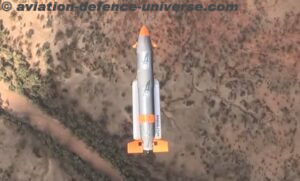 During these trials, the STRIX team successfully tested both the body and the brain culminating in the UAS flying fully autonomously with a remote pilot providing safety overwatch. The tests took place at Henderson Shipyard, south of Perth, and a remote region in rural Western Australia.
During these trials, the STRIX team successfully tested both the body and the brain culminating in the UAS flying fully autonomously with a remote pilot providing safety overwatch. The tests took place at Henderson Shipyard, south of Perth, and a remote region in rural Western Australia.
STRIX is a collaboration which harnesses BAE Systems’ expertise in autonomous platforms and its Vehicle Management System in combination with Innovaero’s knowledge of aeronautical product design and manufacture in the Australian market.
The STRIX protype is currently being repaired after sustaining damage to the airframe during a subsequent test flight. As revealed in the September 2024 program update during the Land Forces exposition in Melbourne, the STRIX prototype features changes from the model displayed at Avalon in 2023, including updated motors, propellers, and an optimised ‘X-wing’ configuration designed to further reduce drag and improve its efficient cruise in fixed-wing forward flight.
Andrew Gresham, Managing Director – Defence Delivery, BAE Systems Australia, said:
“STRIX boasts genuine asymmetric advantages without putting the warfighter in harms’ way.
“Our partnership with Innovaero has brought a ‘back of the napkin’ sketch into a fully-fledged air vehicle, made in Australia, in less than two years.”
Kisa Christensen, Director – Red Ochre Autonomy and Sensors, BAE Systems Australia, said:
“We’re overjoyed by the testing campaign, which has included full-power tests, ground tests, take off and recovery, and sustained hover testing. “Prior to the test flight, we validated the fundamental aerodynamics and flight control capabilities of the system with ‘iron bird’ ground testing.”






























